Liberia Flag Meaning
Eleven alternating red and white stripes with a blue canton containing a single white five-pointed star, representing Africa's first republic founded by freed American slaves and its role as a beacon of freedom on the continent.
- Continent
- Africa
- Adopted
- 1847
- Ratio
- 10:19
- Colors
- red, white, blue
- Designer
- Susanna Lewis
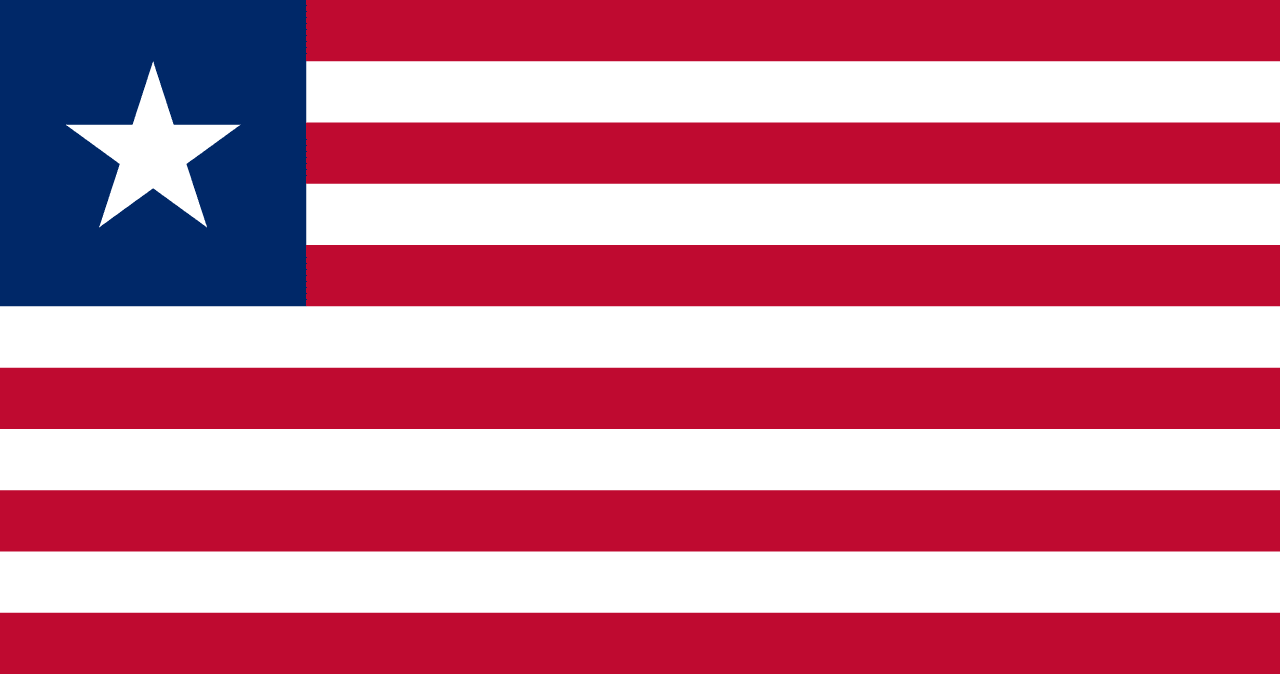
Symbolism
Eleven Stripes: Represent the eleven signatories who signed Liberia's Declaration of Independence in 1847, symbolizing the founding fathers who established Africa's first republic.
Red Stripes: Symbolize the courage and determination of the Liberian people, as well as the blood shed by those who fought to establish and maintain the nation's independence.
White Stripes: Represent peace, purity, and righteousness, reflecting the moral principles upon which Liberia was founded and the desire for harmony between different communities.
Blue Canton: Represents the African continent and symbolizes Liberia's commitment to African unity and its role as a beacon of hope and freedom for all African peoples.
Single White Star: Symbolizes Liberia as the shining lone star of freedom in Africa, representing the country's role as the first African republic and a guiding light for African liberation movements.
History
- 1816: The American Colonization Society was founded to resettle freed American slaves in Africa, beginning the movement that would lead to Liberia's establishment.
- 1822: The first group of freed American slaves arrived at Providence Island (now Monrovia), beginning the settlement that would become Liberia under the leadership of Jehudi Ashmun.
- 1827: Early colonial flags were used by the American Colonization Society settlements, featuring various designs that reflected both American heritage and African location.
- July 26, 1847: Liberia declared independence and adopted its current flag, designed by Susanna Lewis, becoming Africa's first republic and the second black-governed nation in the world.
- 1847-1980: The flag represented the Americo-Liberian elite's rule for over 130 years, during which the descendants of American settlers dominated politics and society.
- April 12, 1980: Master Sergeant Samuel Doe's military coup ended Americo-Liberian rule, but the flag remained unchanged, representing continuity despite dramatic political transformation.
- 1989-2003: Through two devastating civil wars, the flag survived as a symbol of national identity and hope for peace, even as the country was torn apart by conflict.
Trivia
- Liberia's flag was designed by Susanna Lewis, one of the few women to design a national flag, and she was the wife of one of the founding settlers.
- The flag closely resembles the United States flag but has 11 stripes instead of 13 and only one star instead of 50, reflecting its American colonial origins.
- Liberia was the only African country never to be fully colonized by European powers, making its flag a symbol of continuous African independence.
- The single star makes Liberia's flag unique among world flags in having exactly one star, earning it the nickname 'Lone Star' flag in Africa.
- Monrovia, Liberia's capital, was named after US President James Monroe, and the flag reflects this deep historical connection to American political ideals.
- The flag represents Africa's oldest republic, established 14 years before the American Civil War ended slavery in the United States.
- Liberia uses the US dollar as its currency alongside the Liberian dollar, and the flag appears on both currencies, symbolizing the enduring American connection.
- The flag survived two brutal civil wars (1989-1996, 1999-2003) and became a symbol of hope for national reconciliation and rebuilding.
- Ellen Johnson Sirleaf, Africa's first elected female president and Nobel Peace Prize winner, often spoke of the flag as representing Liberia's democratic aspirations.
- The flag appears on Liberian ships worldwide, as Liberia operates one of the world's largest ship registries, generating significant revenue for the country.
- Traditional Liberian quilts often incorporate the flag design, connecting American textile traditions brought by settlers with African artistic expressions.
- The flag flies over Roberts International Airport, named after Liberia's first president Joseph Jenkins Roberts, a Virginia-born freed slave.
- Liberia's flag protocol reflects both American and African traditions, with special ceremonies during Independence Day (July 26) and other national celebrations.
- The flag appears at African Union meetings, where Liberia plays an important role despite its unique founding history differentiating it from other African nations.
- During the Ebola crisis (2014-2016), the flag became a symbol of international solidarity as the world rallied to help Liberia combat the deadly epidemic.
Related Countries

Sierra Leone
Africa
A horizontal tricolor of green, white, and blue, symbolizing the land, unity and justice, and the sea and hope, adopted at independence in 1961.
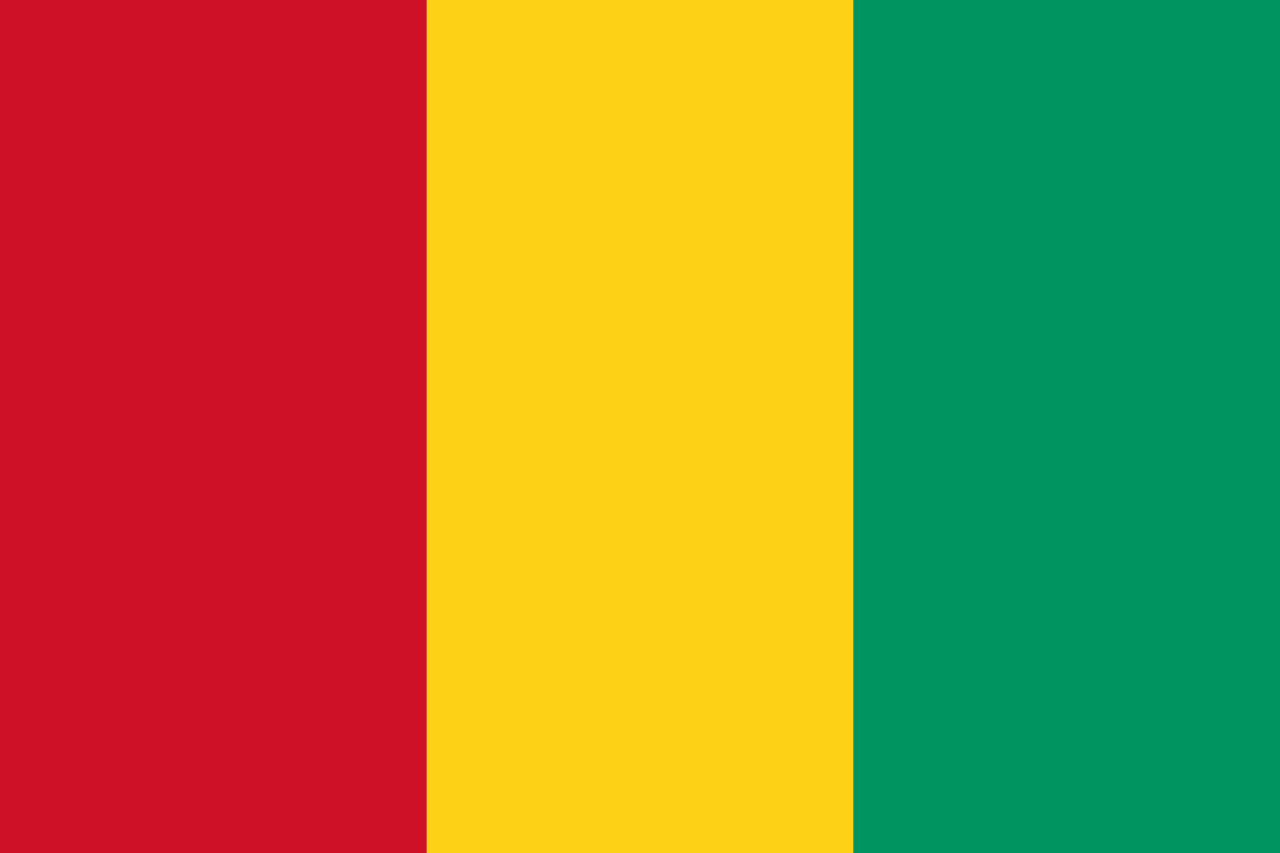
Guinea
Africa
Three equal vertical stripes of red, yellow, and green representing the Pan-African colors, with red symbolizing sacrifice, yellow representing the sun and mineral wealth, and green representing the country's vegetation and agriculture.
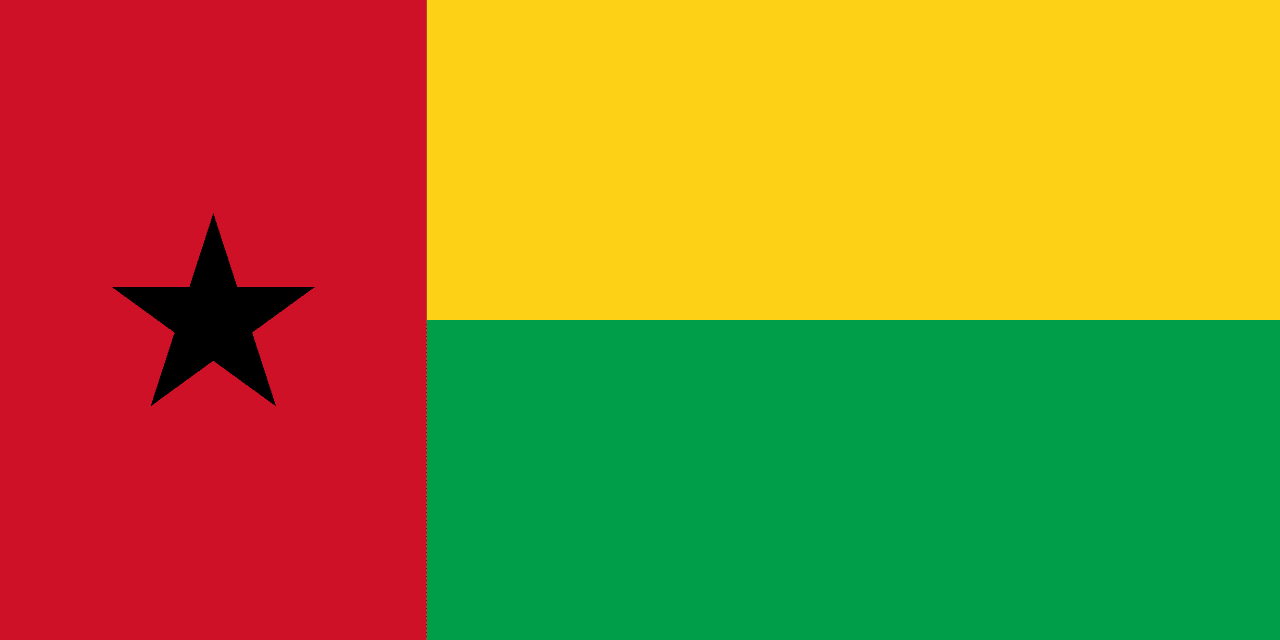
Guinea-Bissau
Africa
A vertical red stripe at the hoist with a black five-pointed star, and two horizontal stripes of yellow over green on the fly side, representing the liberation struggle, unity, hope, and the agricultural wealth of Guinea-Bissau.

Ghana
Africa
The flag of Ghana and its meaning.
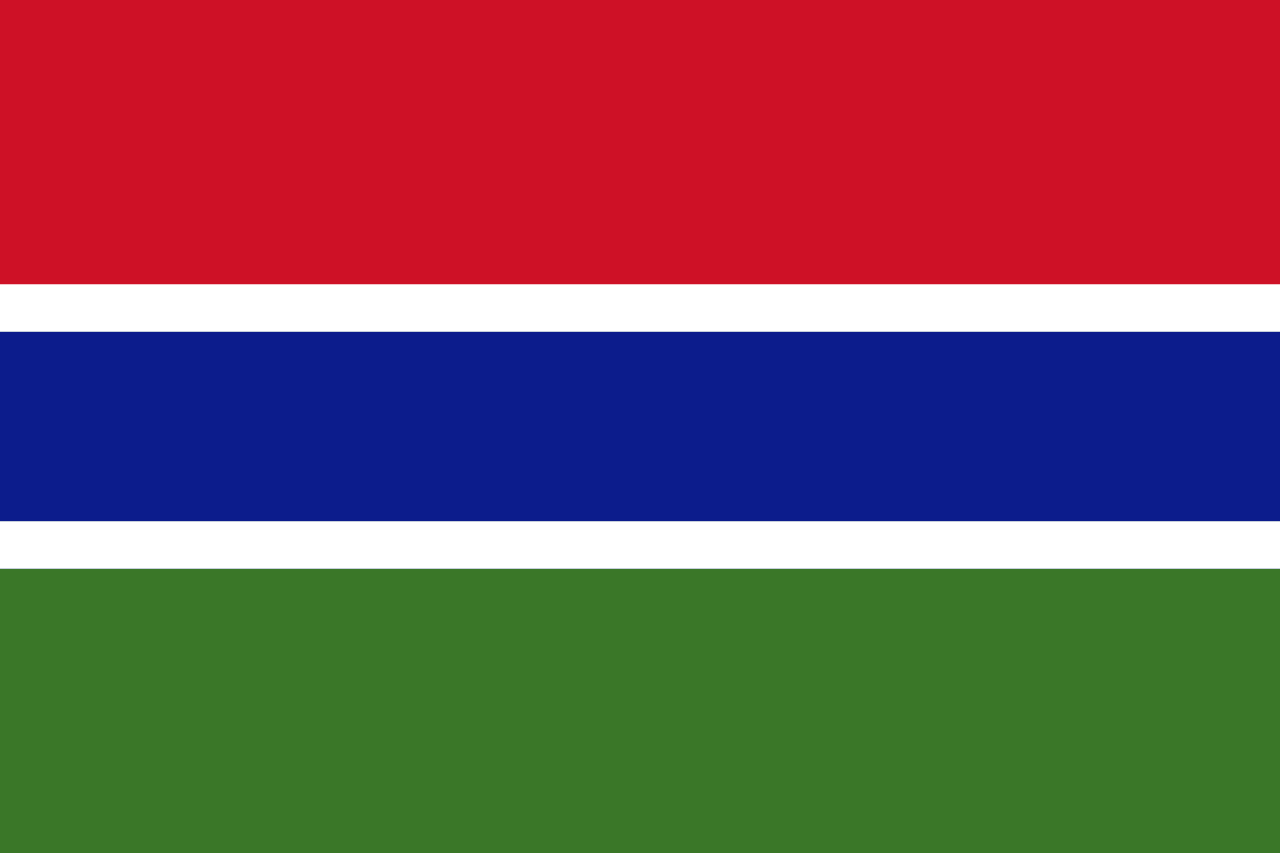
Gambia
Africa
Three horizontal stripes of red, blue, and green separated by thin white stripes, representing the sun, the Gambia River, agriculture, and peace, symbolizing the natural beauty and harmony of the smallest mainland African nation.
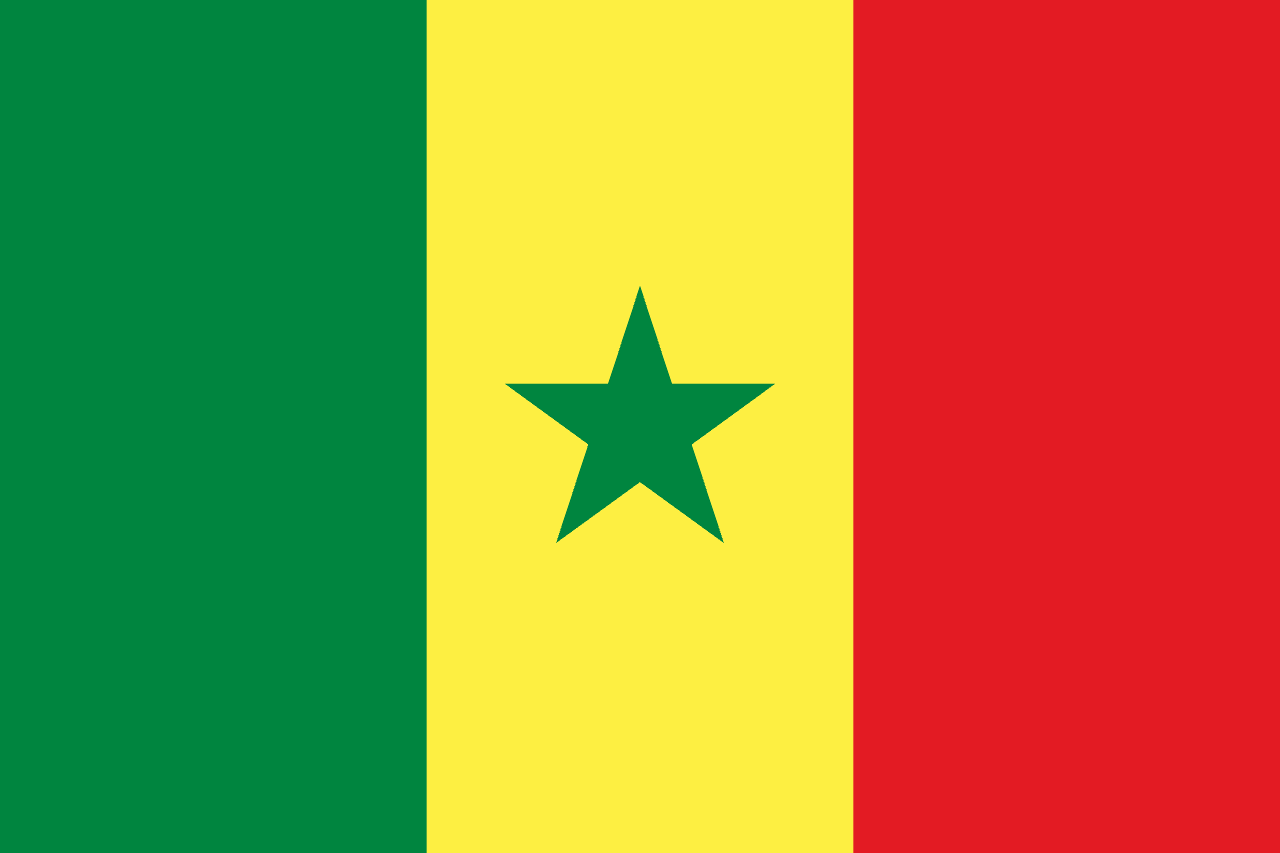
Senegal
Africa
A vertical tricolor of green, yellow, and red with a green five-pointed star centered in the yellow band. The flag reflects Pan-African identity and national unity.